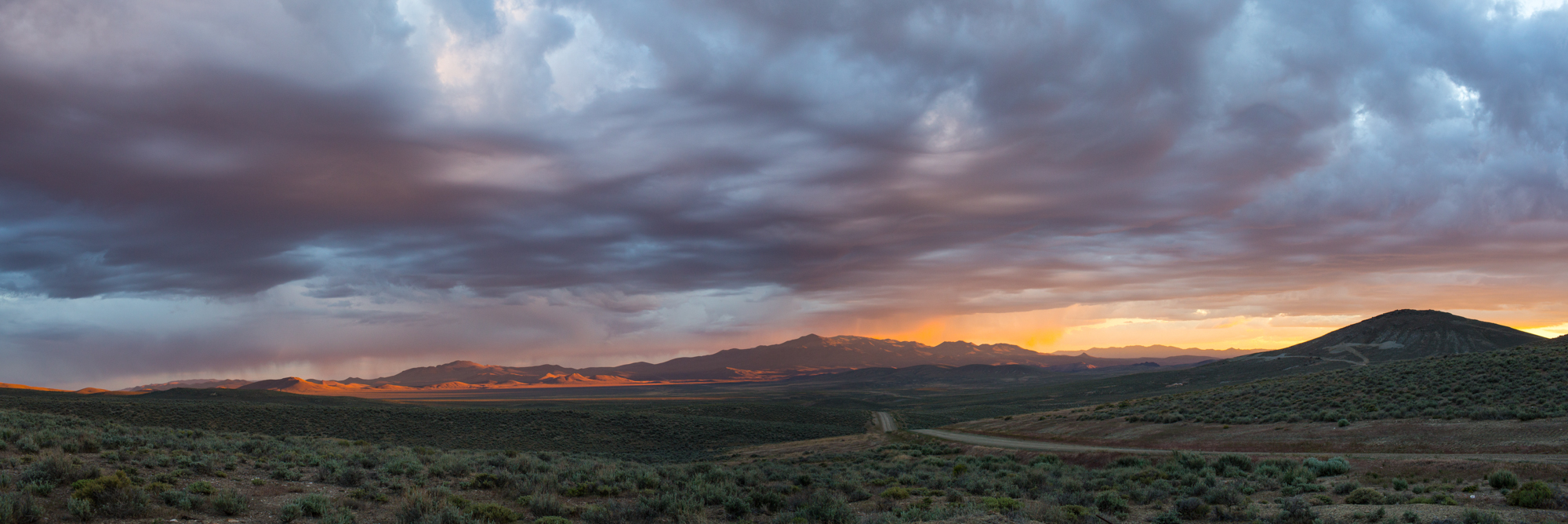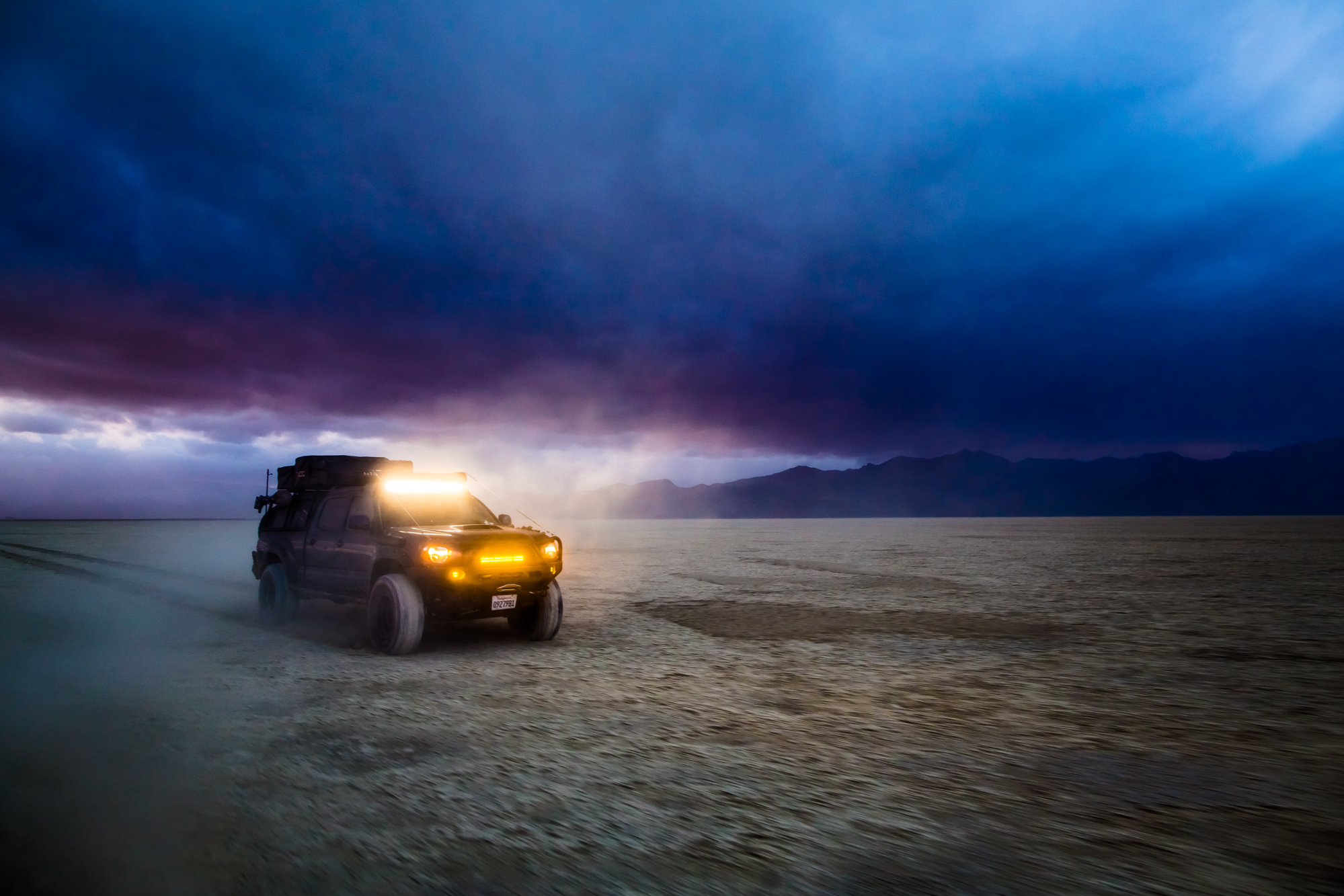A few years back, I decided I’d try for once to get some people together on my birthday. We set a three-day expedition date in February to the high desert in Western Nevada, which was a risky proposal due to the potential conditions. I invited some friends from Prometheus Design Werx, Exploro, and some guides from my former company Bay Area Expeditions.
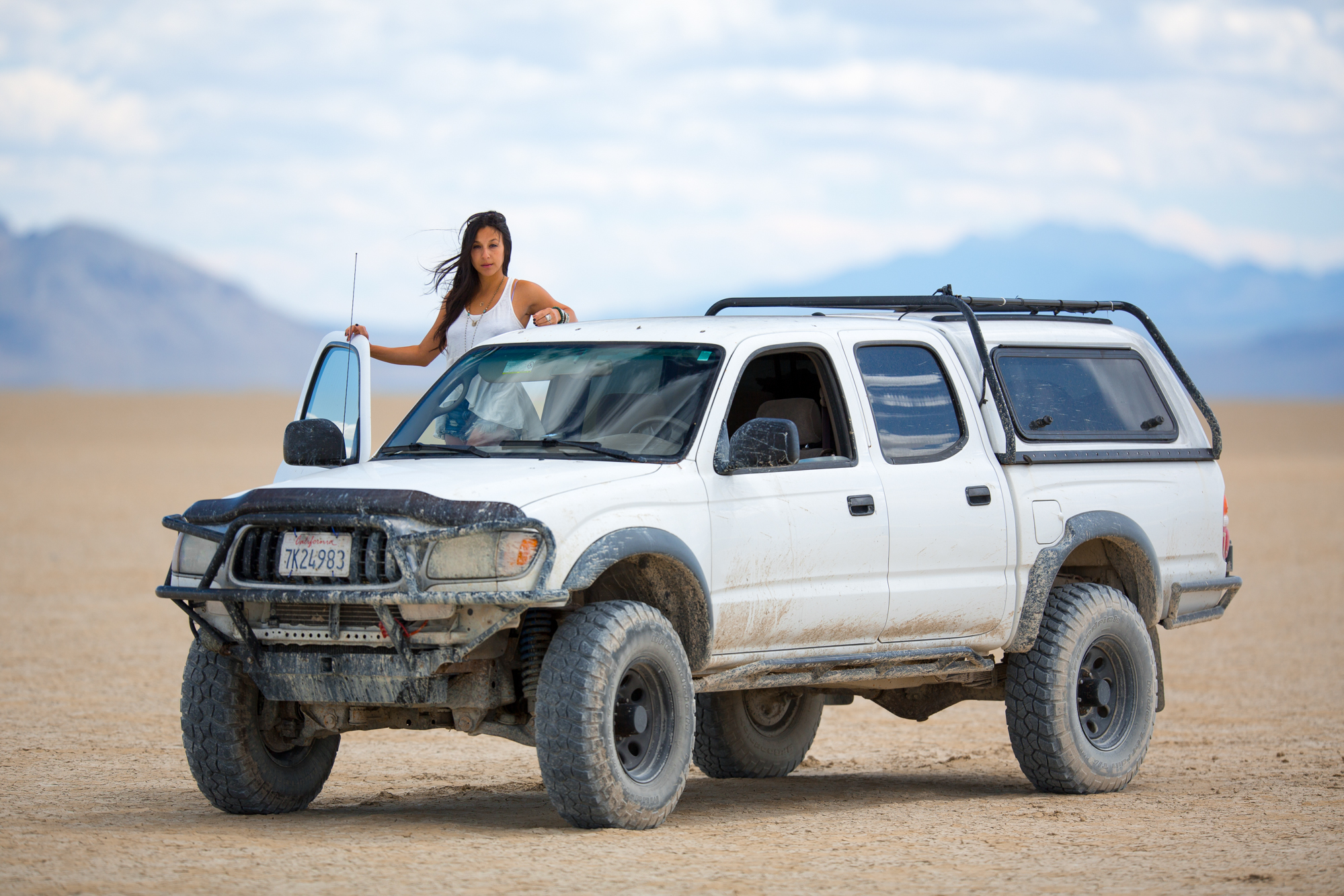

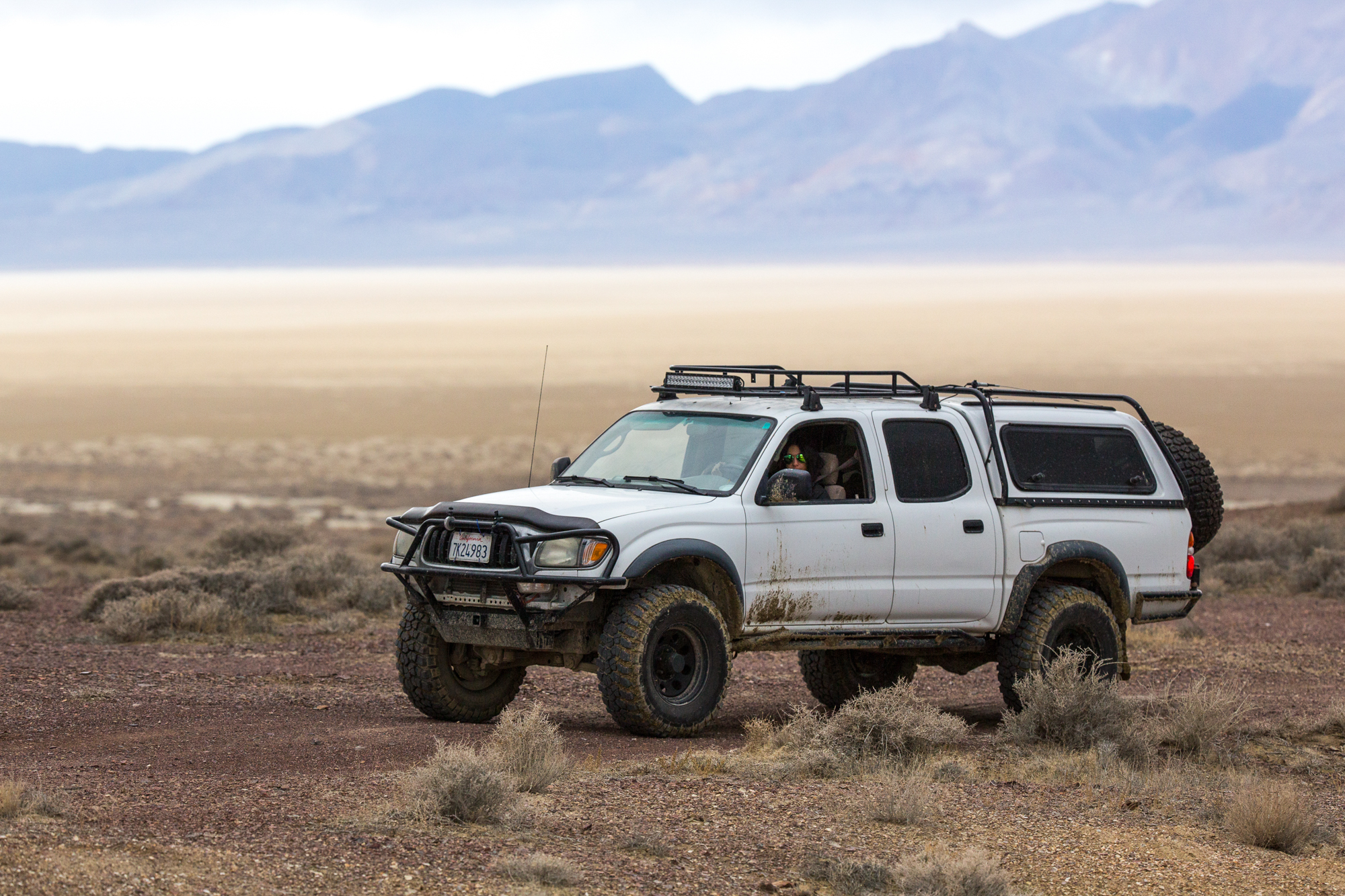
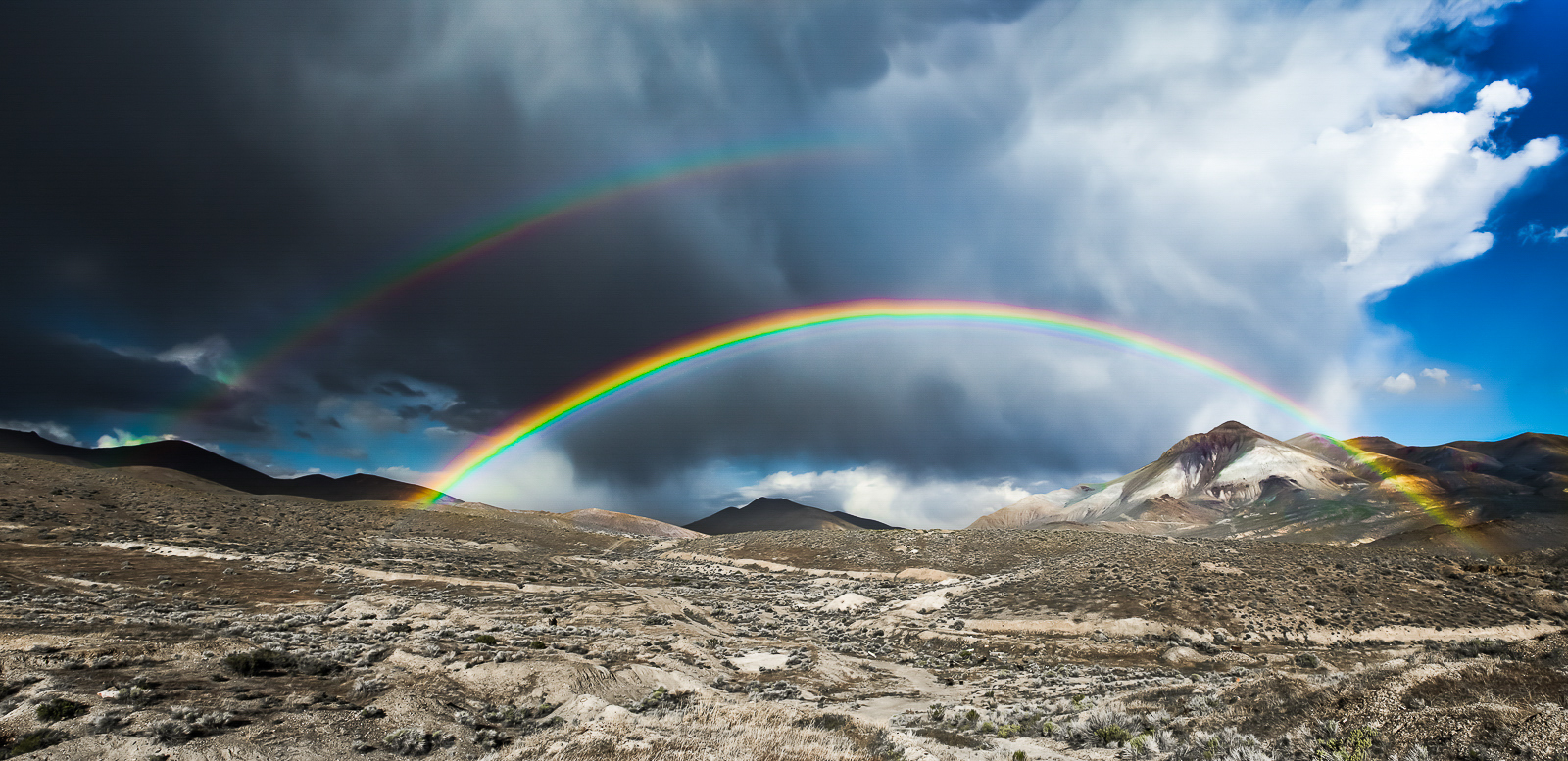
This area had been the focal point of training myself on expedition logistics and survival in many treacherous solo trips in winters past. It’s where I learned the ropes, and fell in love with countless discoveries I had stumbled across in the days before GPS and Internet information. Ghost towns, Paiute and earlier native people, ruins of the Oregon and Pony Express trails, multiple hot springs, and some very remote historic working horse ranches were among the treasures I had come to cherish there.

Yet, it could be very hazardous. Especially with several new people to the area arriving at night in the dark. We decided to meet at a rally point deep across a vast dry lake bed. This high desert playa is fully avoided by locals in the winter, and anyone with any sense knows to stay back. I’ve seen several vehicles trapped 100 yards into the mud, as people drive at high speed onto the playa, only realizing they are in mud or quicksand at 50 mph when it’s too late. Unsurprisingly, they’re usually far too deep for a recovery.
To make matters worse, the clay is so alkaline that by the time the vehicles are recovered, often months, there is massive corrosion and rust to the point of surely totaling most of them. I’ve also seen two rolled over 4Runners over the years. I knew a few people who were driving at night in summer there, not knowing there would be water pooling anywhere, and had to walk out 13 miles in the dark in the middle of the night. Even in the daytime, I’ve been fooled by quicksand clay with a dry crusty layer of dust. At night, if you overdrive your lights you can risk hitting obstacles like deep washed- out ruts, other vehicles, or the edge of the playa.
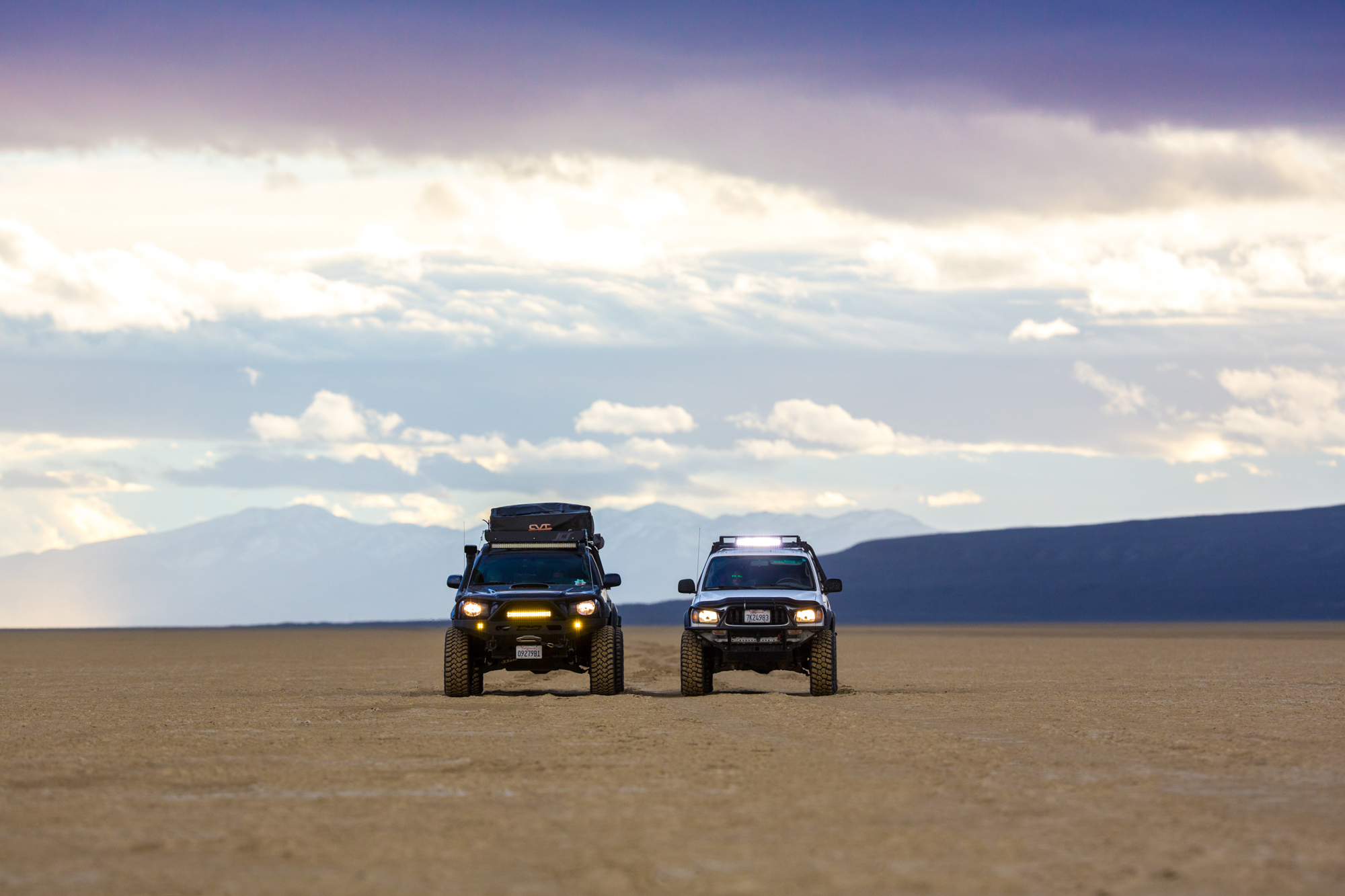
Even trying to just find the trail off of the playa and onto a safe path without a running GPS and coordinates is risky. You can try to follow tracks that are worn into the surface, but they often skew away from destinations over time and wear down. With all of that in mind, I was not comfortable with new drivers showing up alone, and tried to warn friends of the risks. Unfortunately, it wasn’t enough.
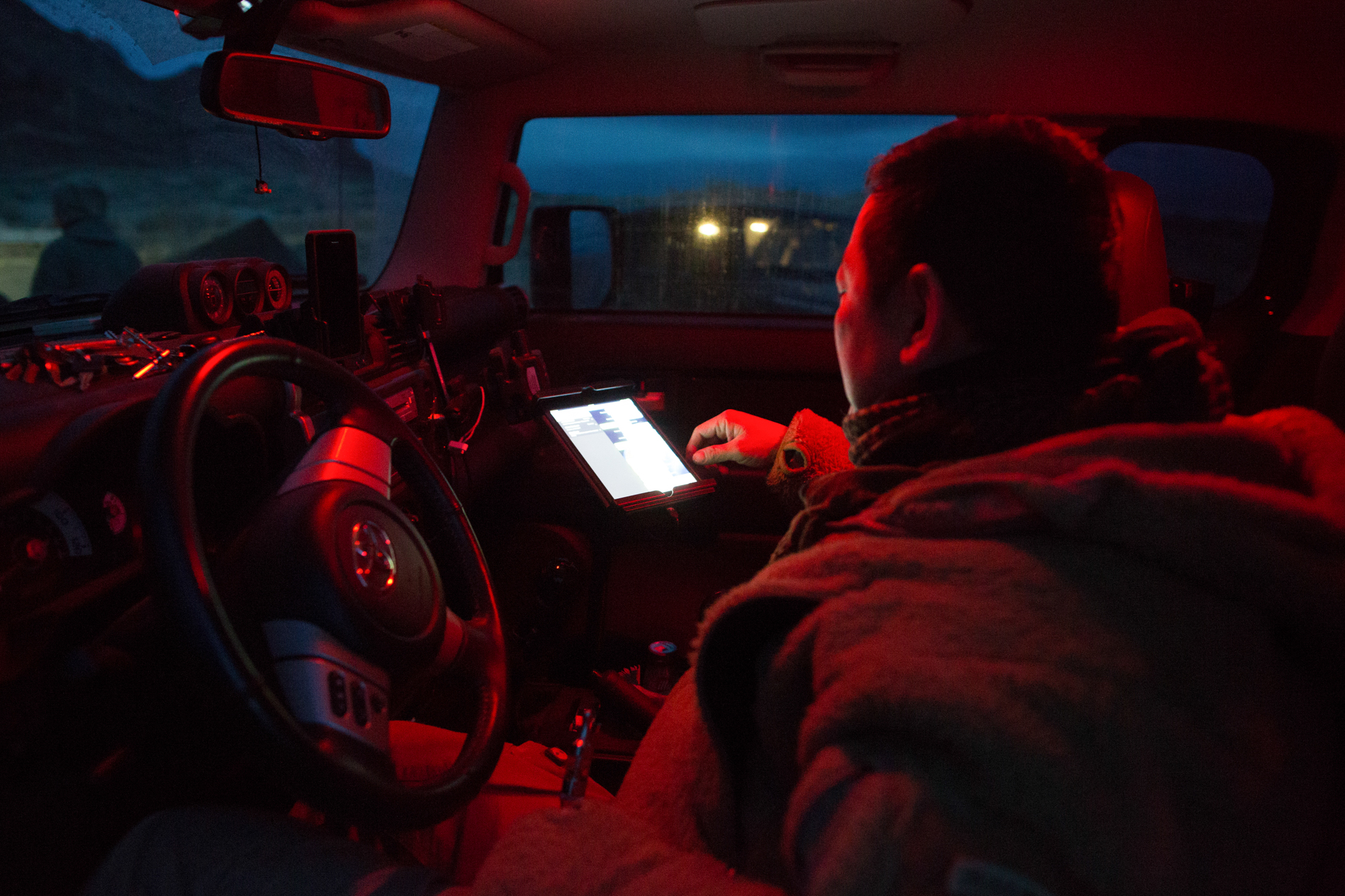
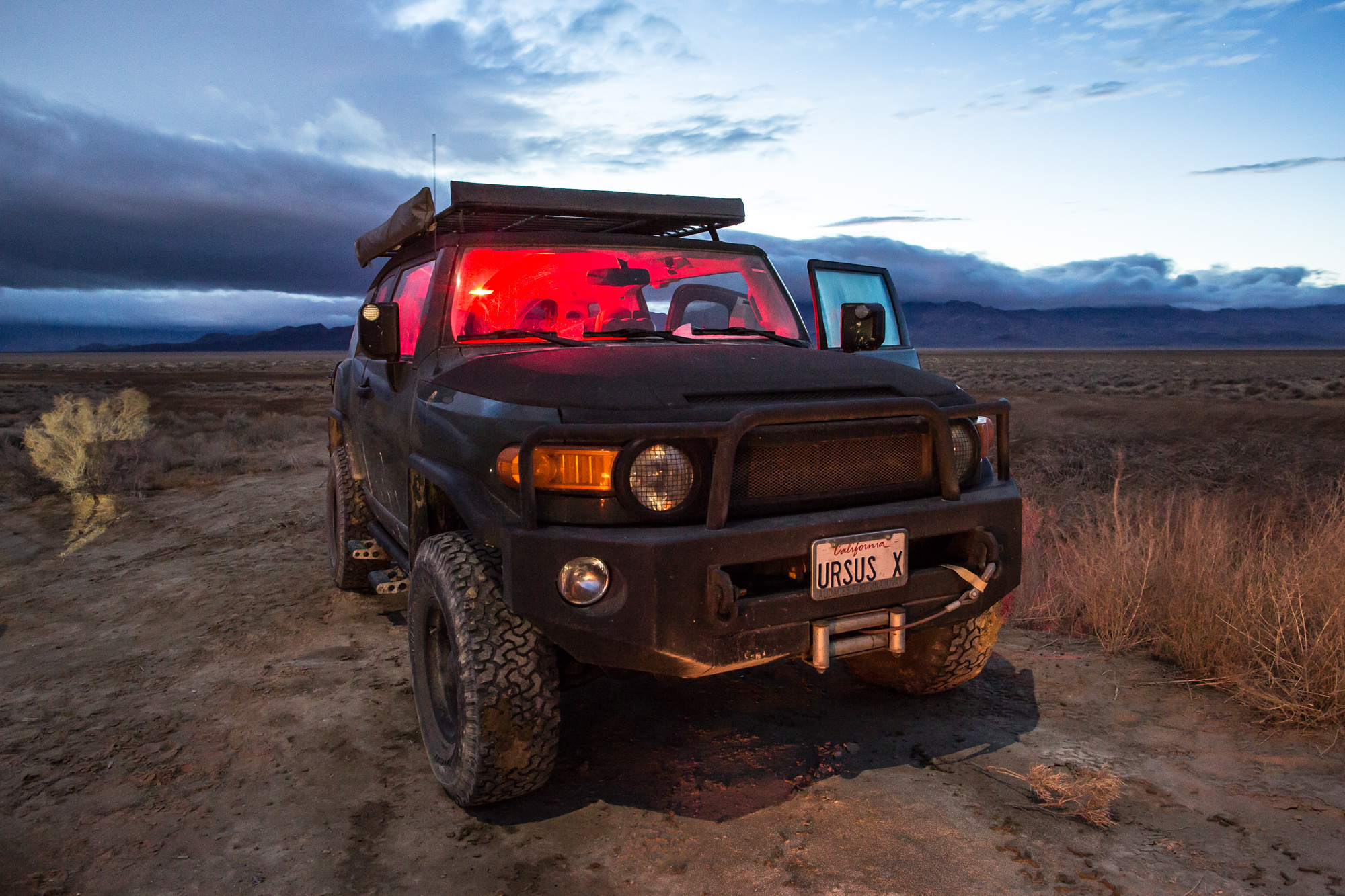
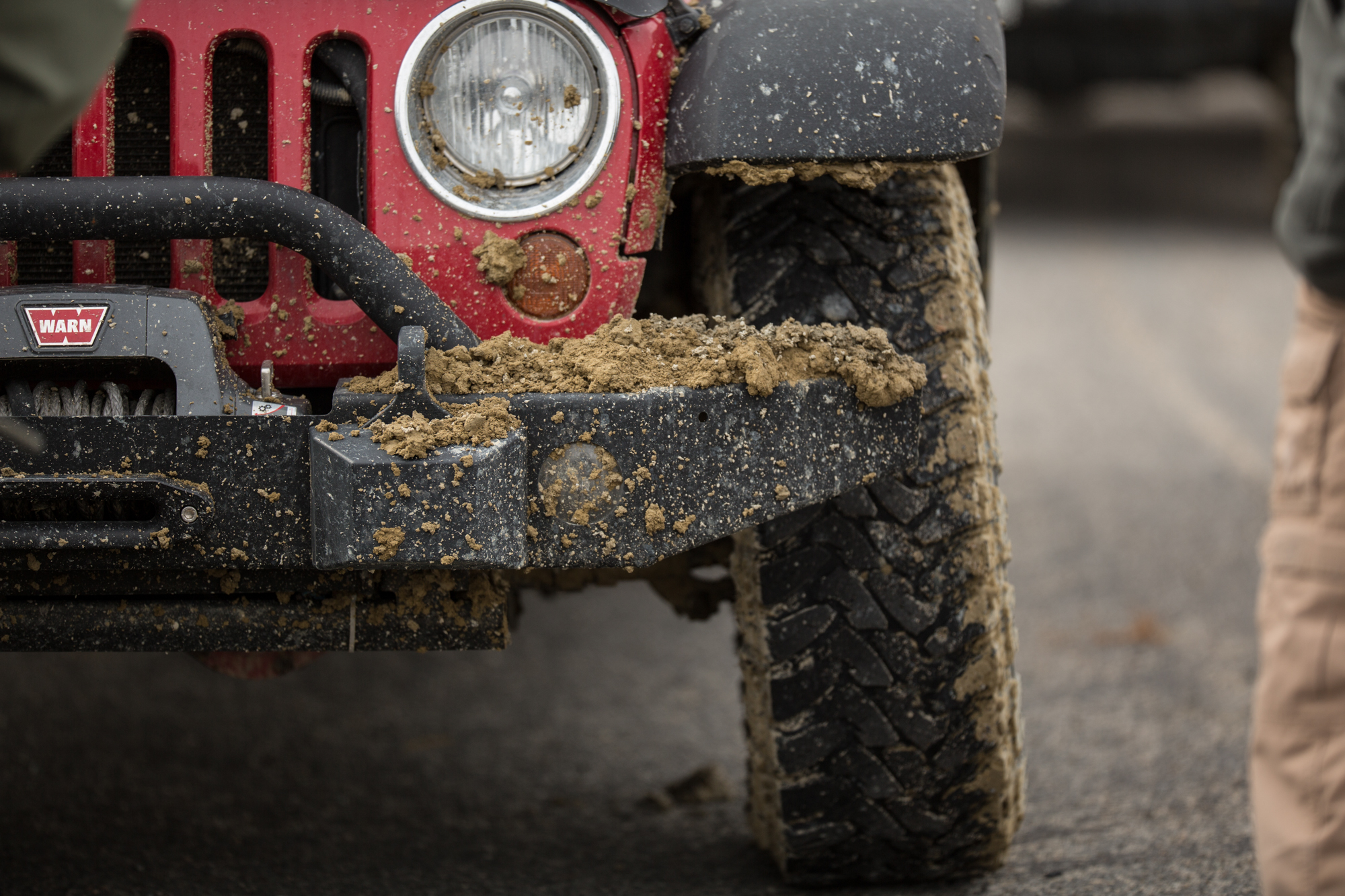
I was contacted en route via their InReach wired sat comms integrated with iPads. Elias had hit a washed-out deep rut; the front axle of his JK was damaged, and the housing was bent. There was an incoming rainstorm that would eventually make the playa uncrossable, potentially trapping the team for a few days unless we were lucky enough to get freezing temperatures to harden the mud. It quickly became a race against time to repair or recover the vehicle.

Alex Chan’s second gen Tacoma, making its way across 60 miles of dry lake bed to meet at the rally point.
Although there was little the existing party could do to repair the JK, we were able to extract it to a safer location where the remaining team had set up camp. When we arrived in the early afternoon, everyone was sheltered in their vehicles and tents from the high winds. We immediately set up my Kifaru 12-man tipi to make a warm, wind-free communal living and cooking space.
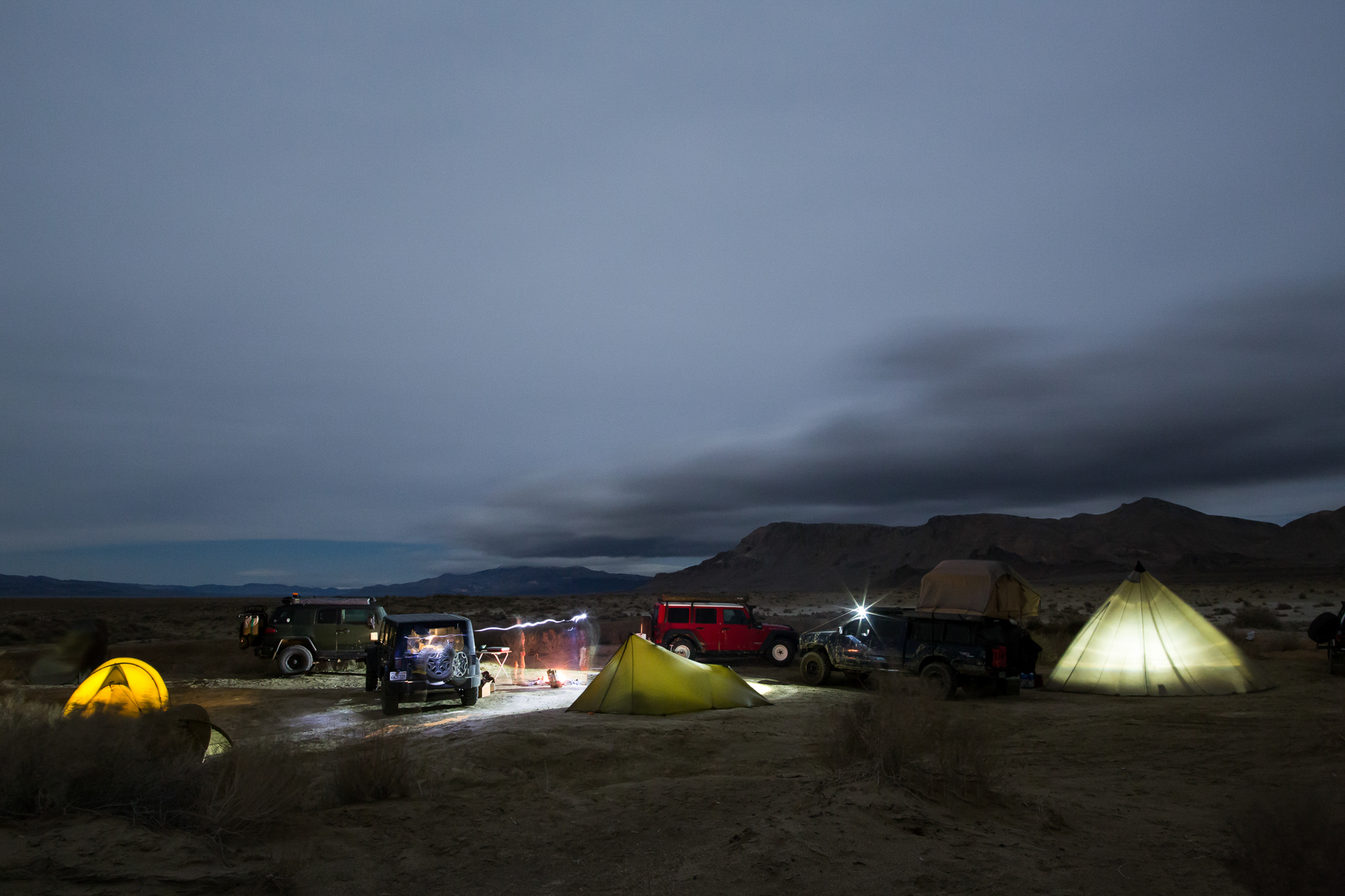
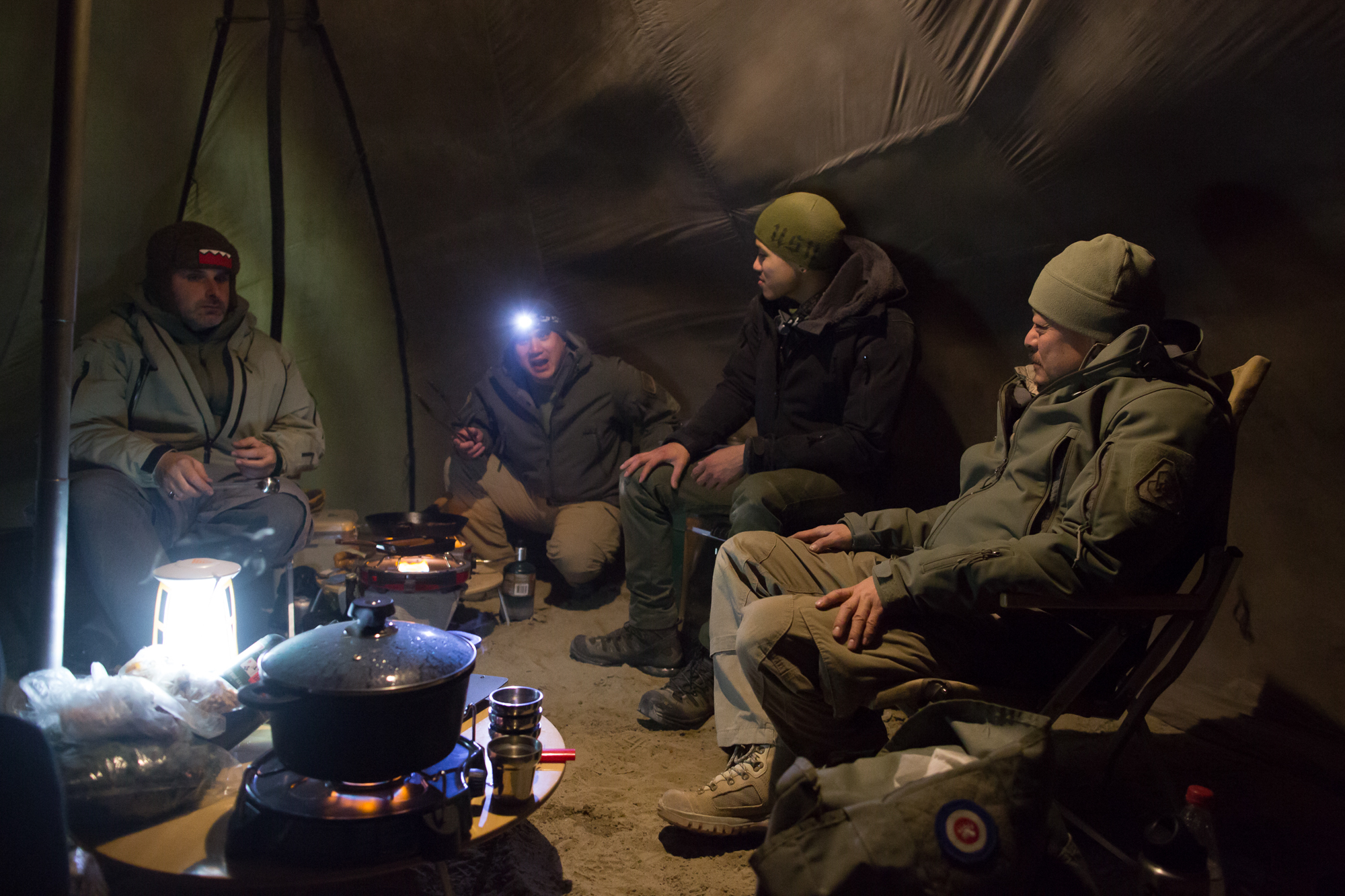
Later that night, Ting, an experienced trail mechanic and Mark were coming in across the playa. Ting had some destination coordinates in a GPS, but we weren’t positive he had a visual on our new camp. One of our team members serving in the military had a green laser on a rifle, and I wondered if it would be able to signal them over the 25 miles between us. We had several people confirm the rifle was clear and safe, and then pointed the laser. Ting spotted it as a green light and was able to confirm their route to the new location.

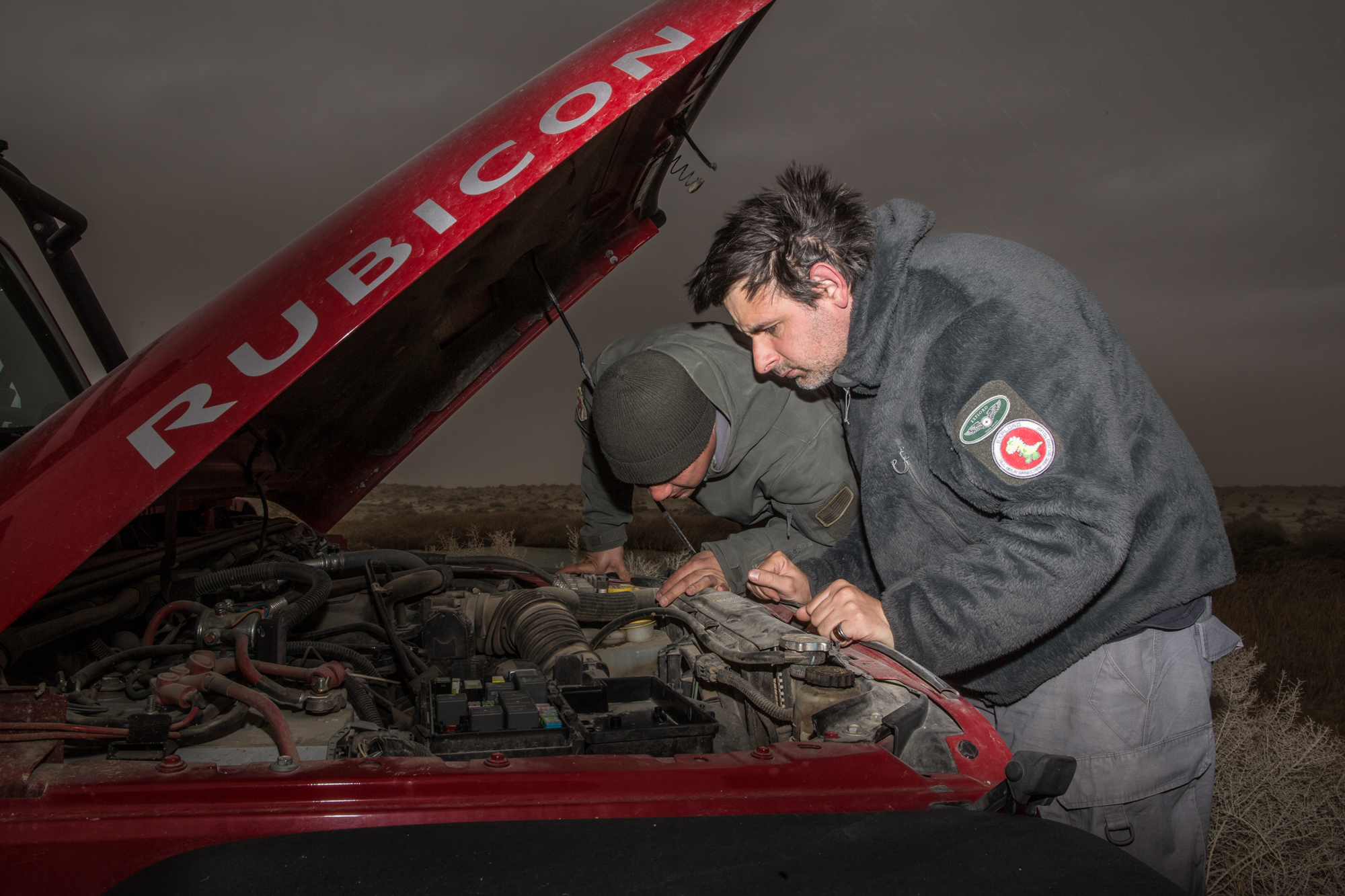
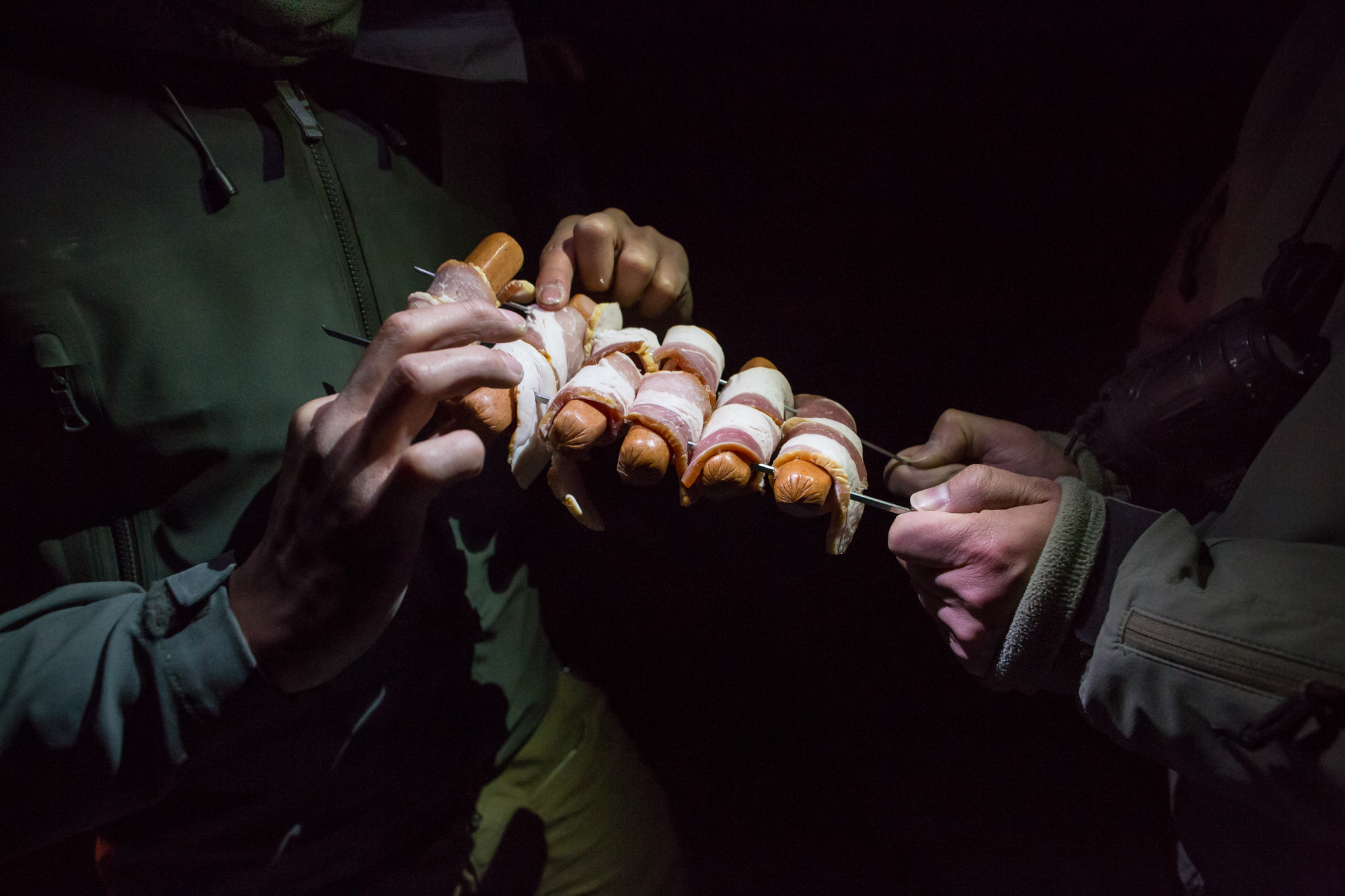
They inspected the JK and decided to try to drive it out, as trailing was an unlikely option. Elias would have to limp it home and vowed to upgrade to a stronger housing and components in the future. We decided it would be best to leave the trail repaired Jeep alone until we drove out the final morning.

The next morning was clear and dry; we decided to tour around the area in some of the rigs.
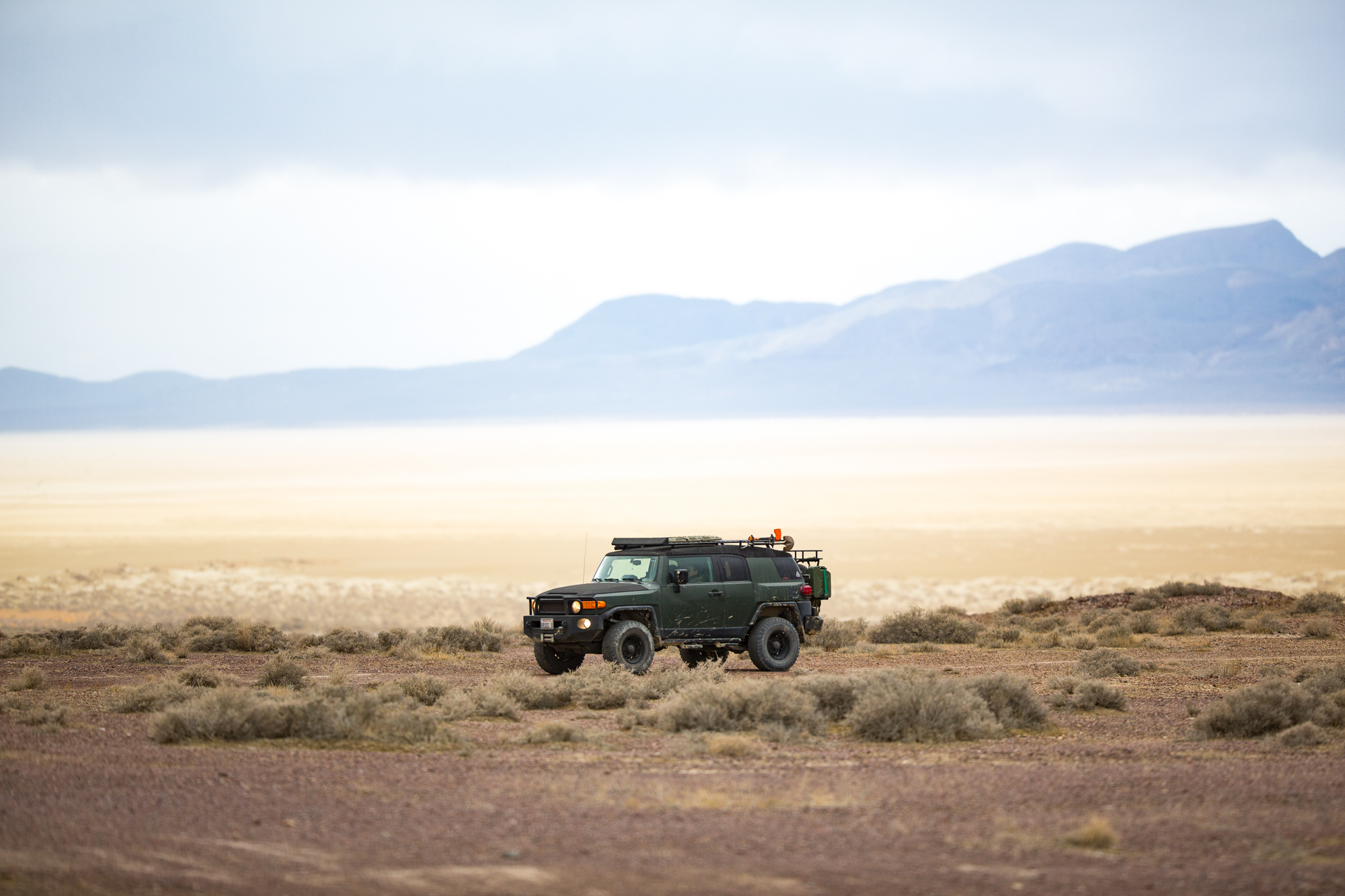
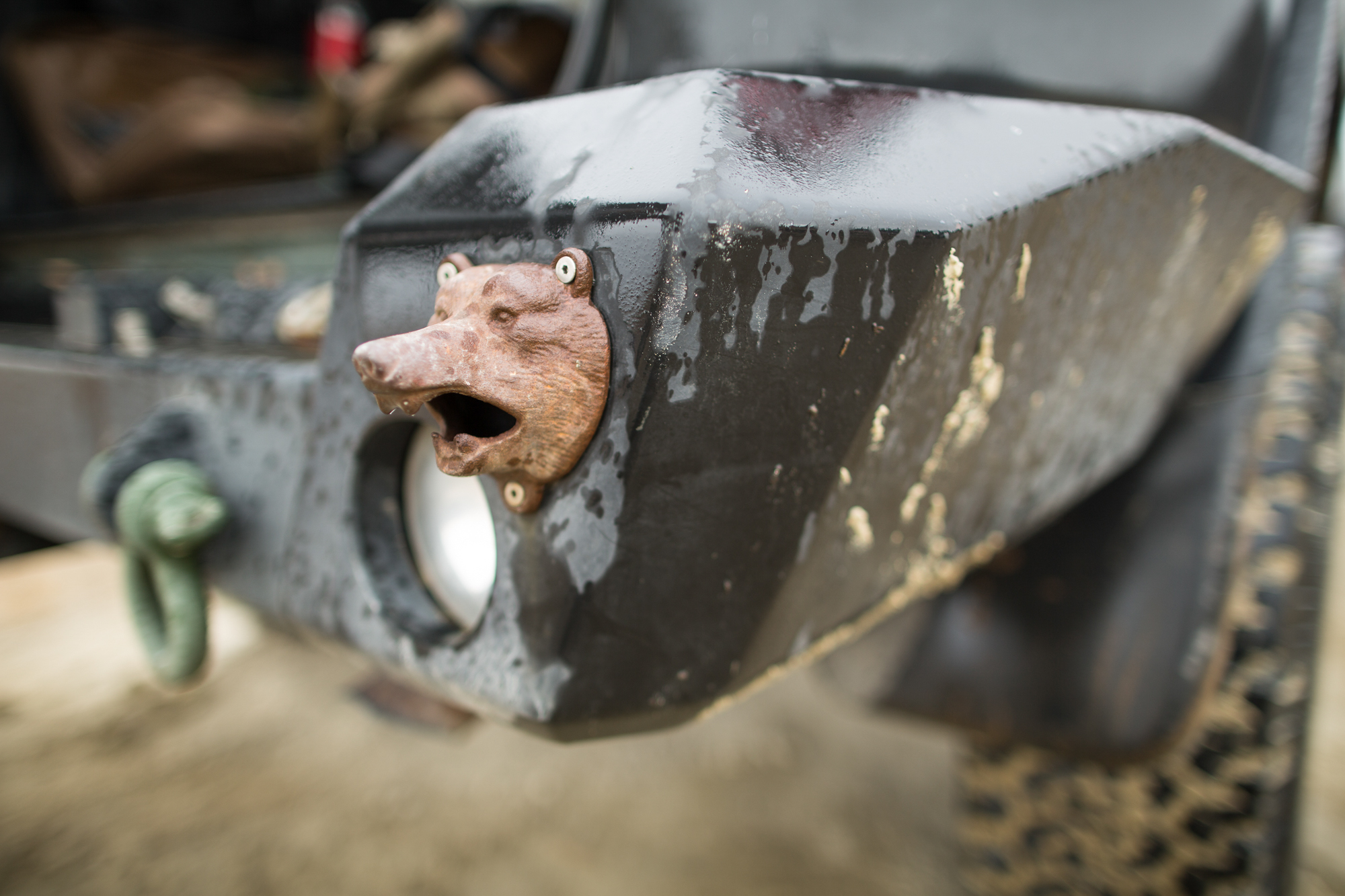
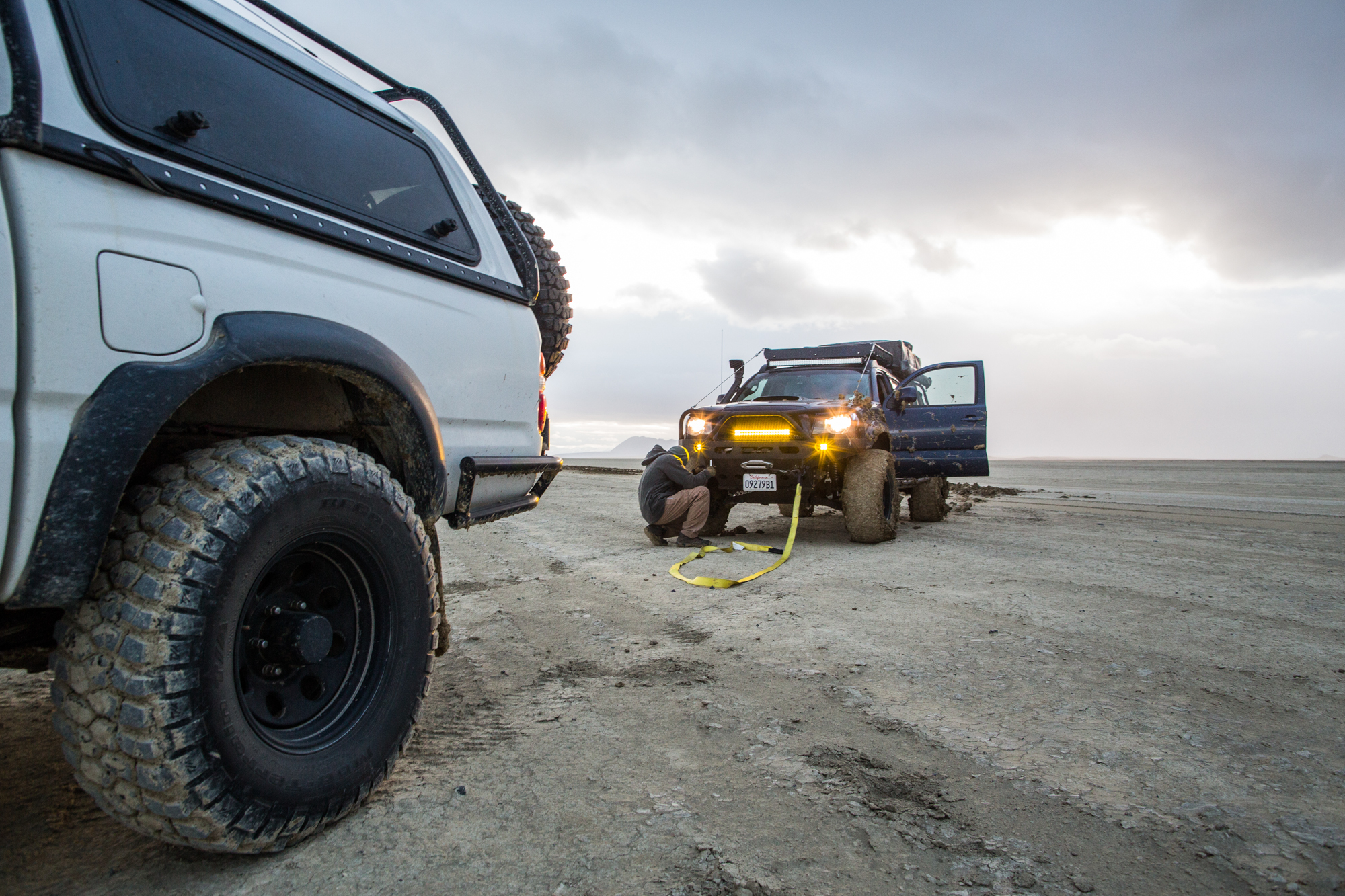
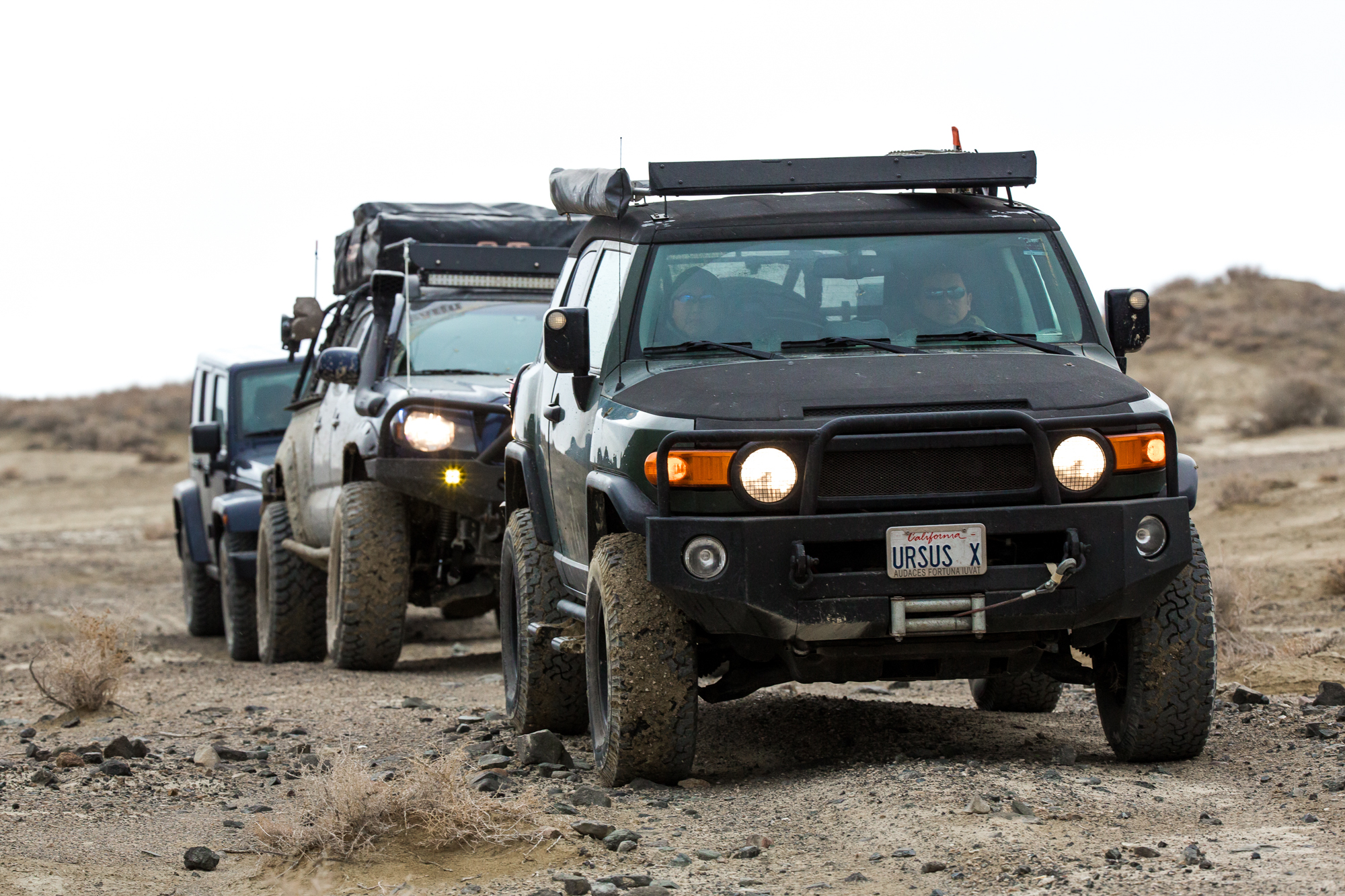
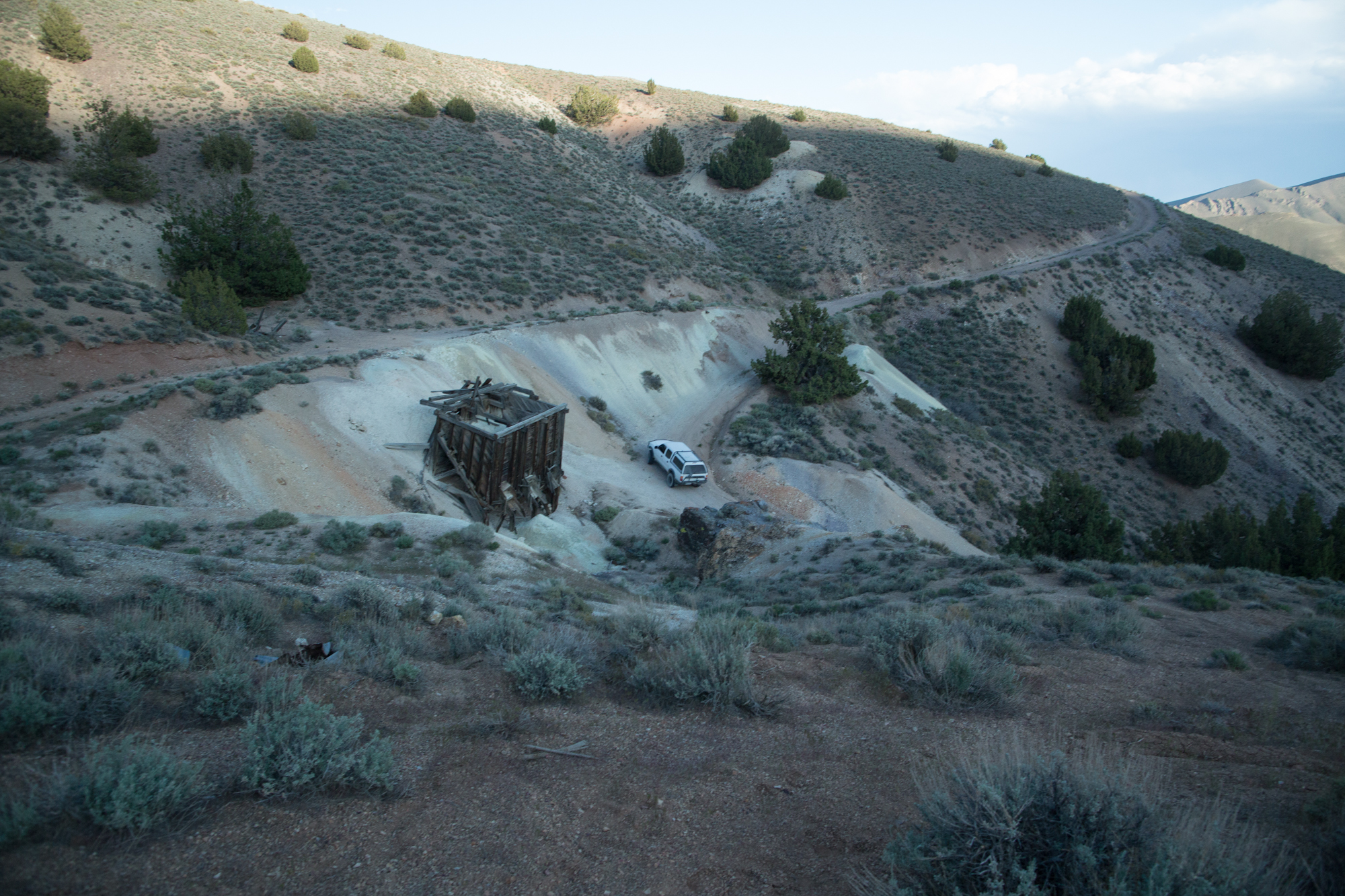
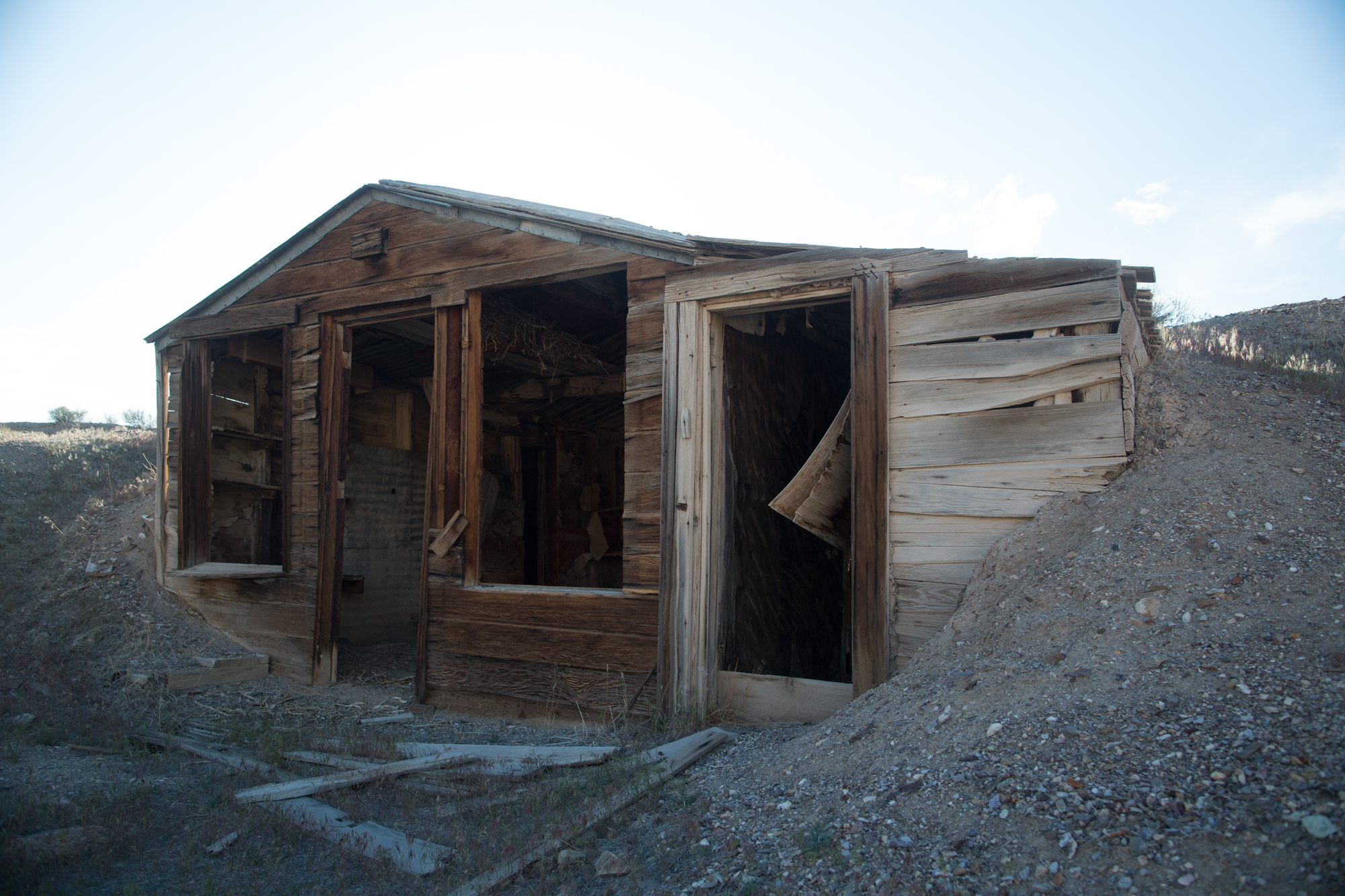
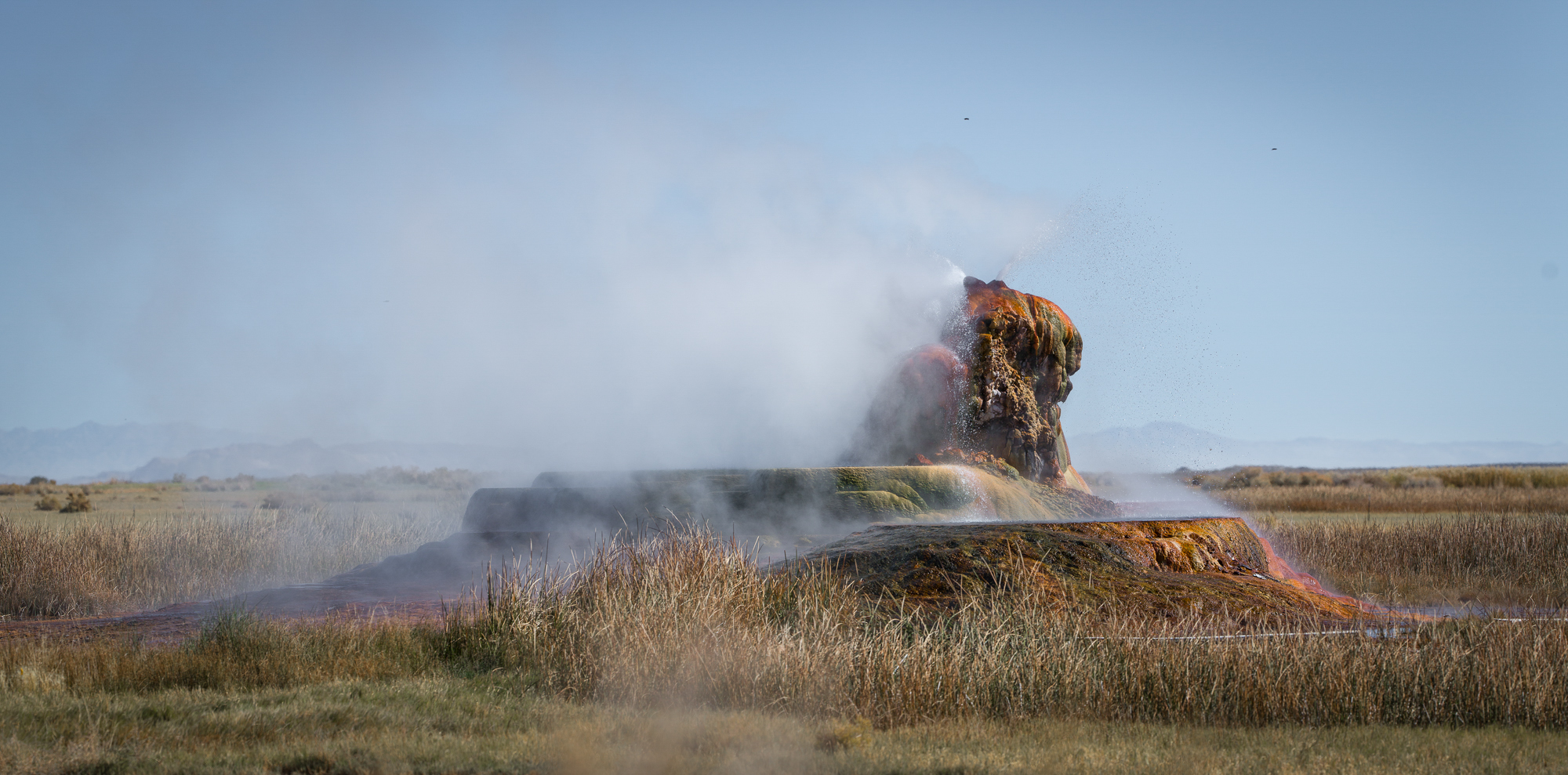
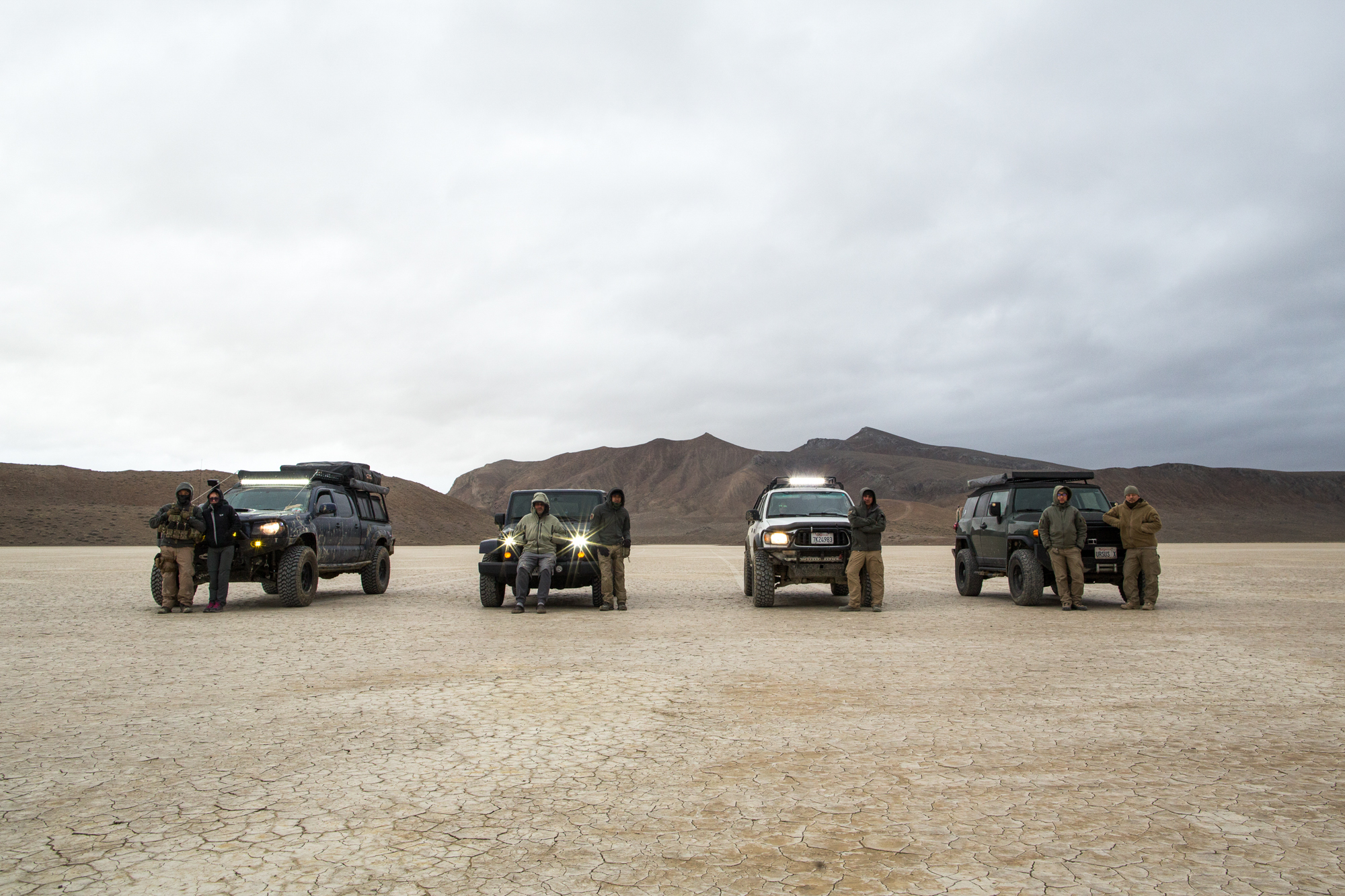 Left to right, SYTFY second gen long travel Tacoma, Jeep JK, first gen Tacoma, and the Prometheus Design Werx FJ Cruiser
Left to right, SYTFY second gen long travel Tacoma, Jeep JK, first gen Tacoma, and the Prometheus Design Werx FJ Cruiser
Later, we dismounted to explore the desert on foot, which is often the best way to come across animals or other discoveries.

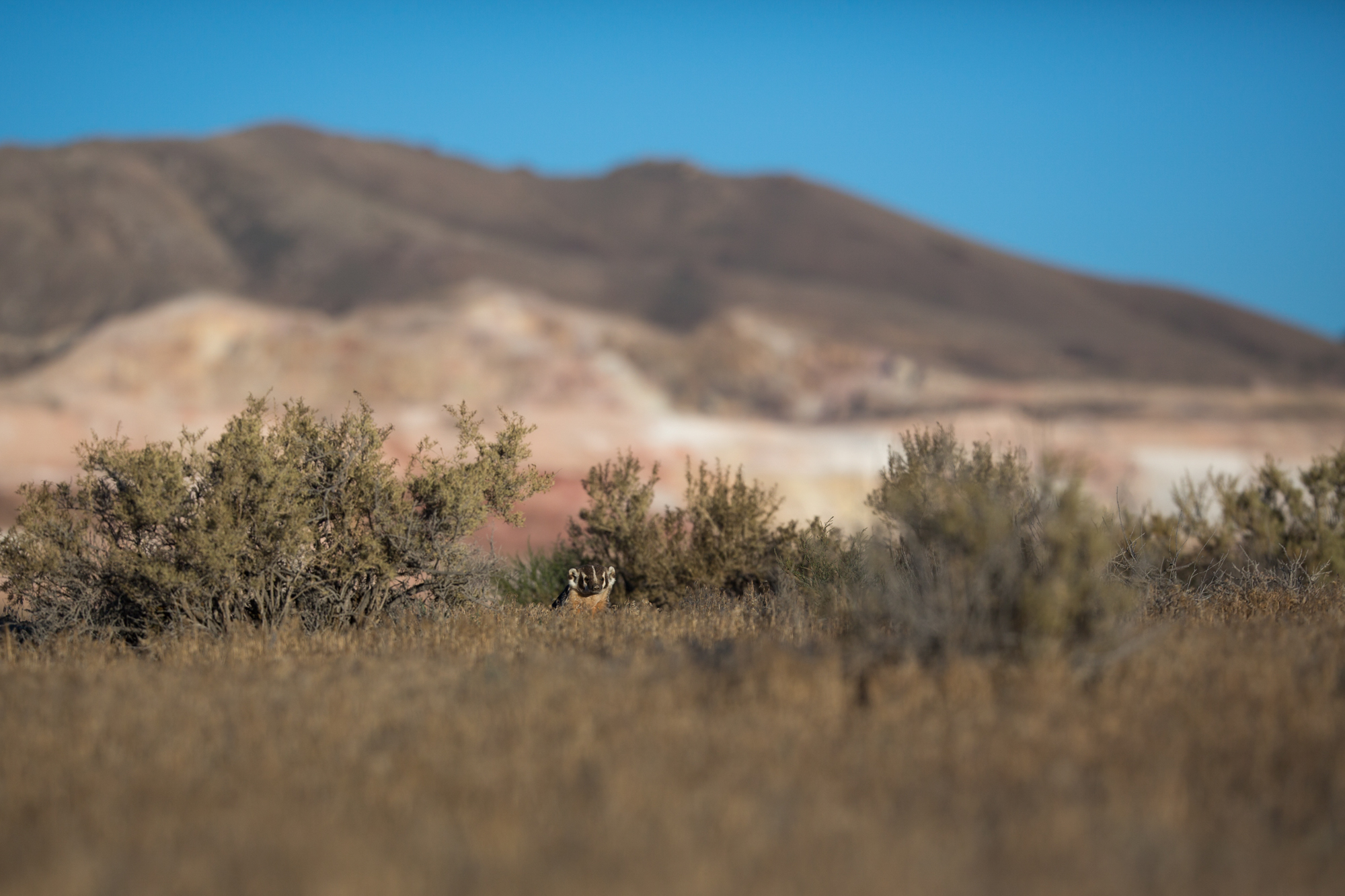
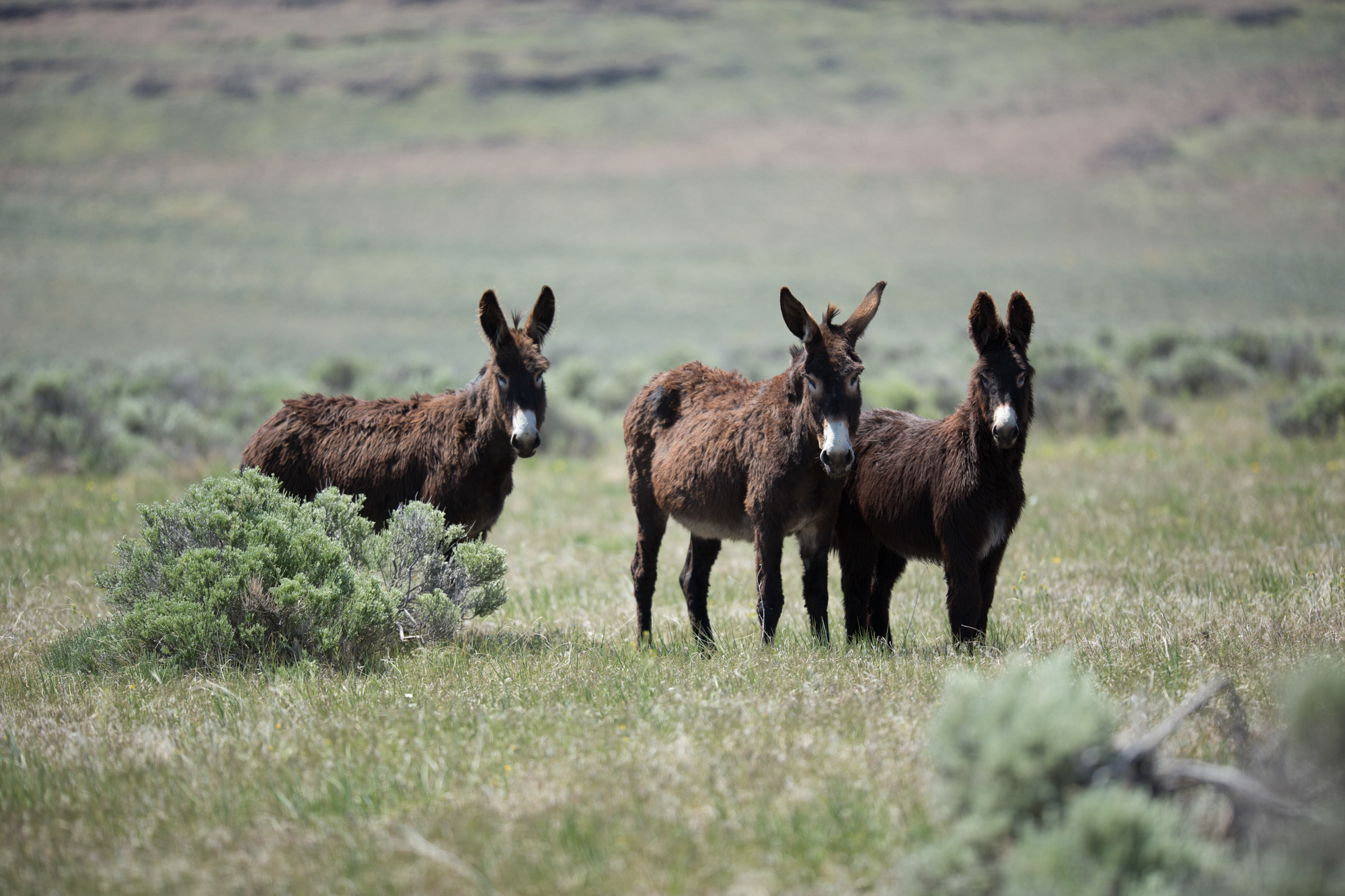
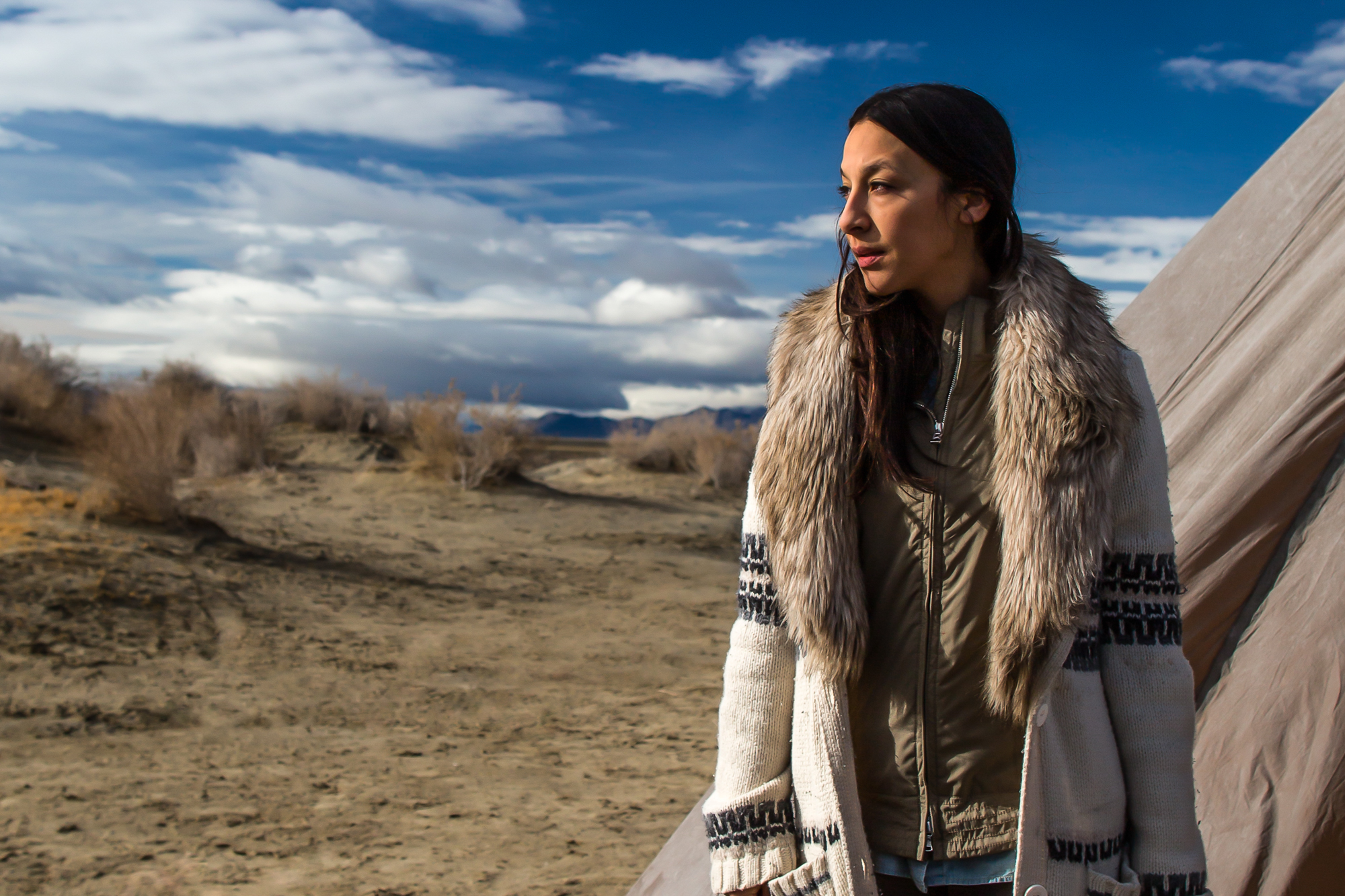
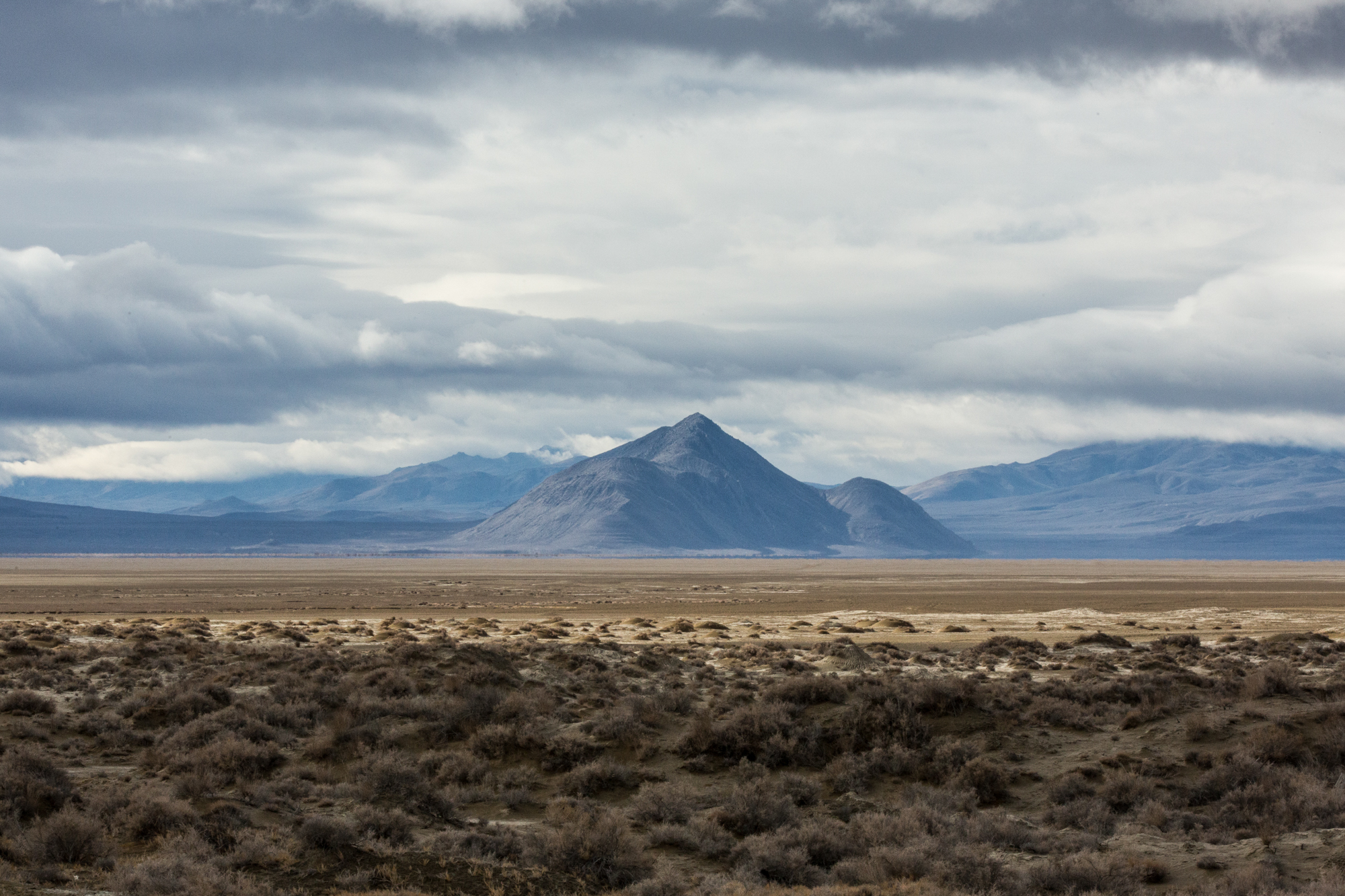 The last night at camp was spent by the fire, capturing the surrounding landscape beneath the stars.
The last night at camp was spent by the fire, capturing the surrounding landscape beneath the stars.


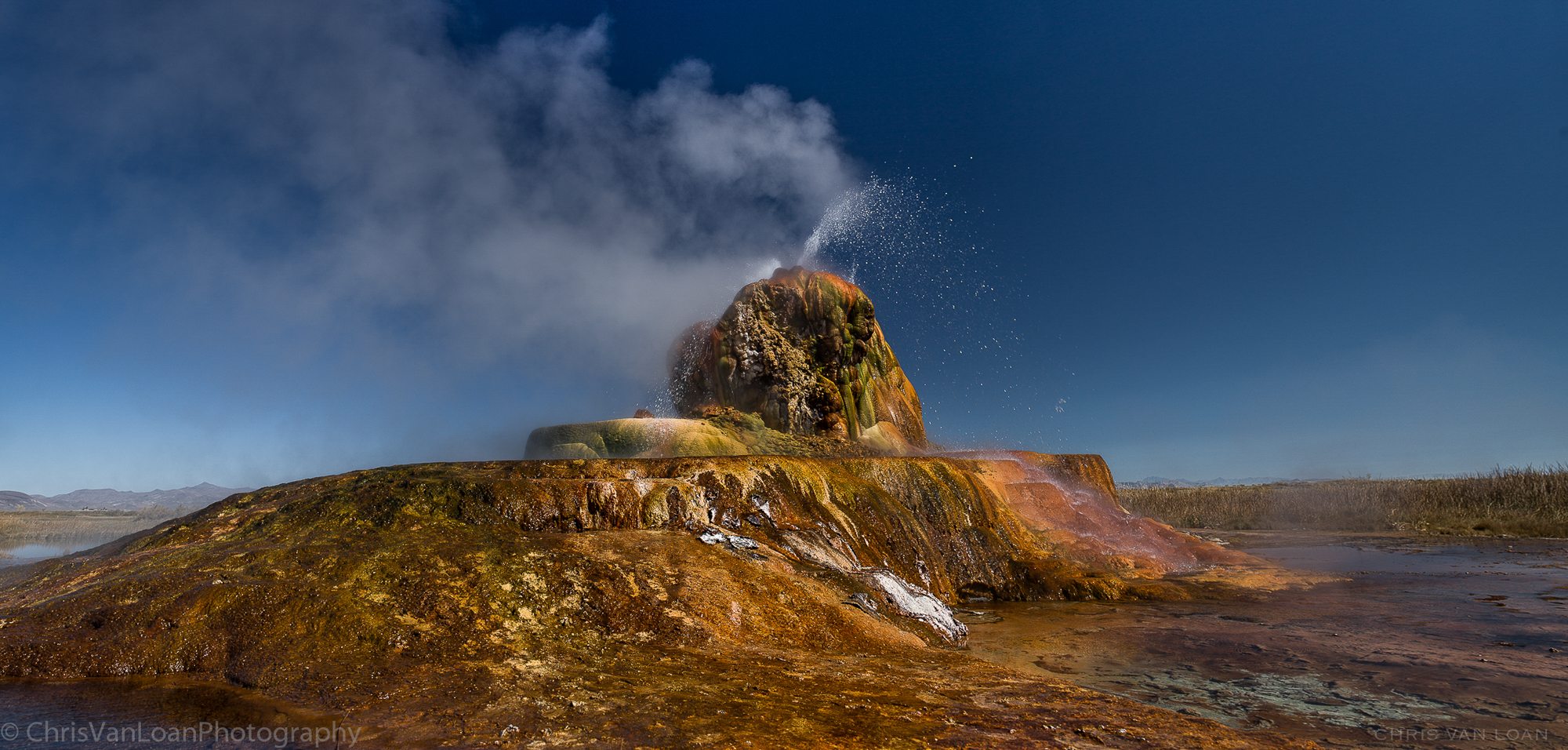 The final morning we awoke to brave the wet playa. I knew from experiences on prior trips where water tended to pool even in the dry times of the year. We created a route between the guidance of GPS nav, experience, and my gut, then followed that line about 20 miles over wet clay until we were safely off of the playa. It was a pure white-knuckle driving experience for me. I tried to keep the tires turning fast enough to throw mud off the cleats, but not over-rev and lose it or start to dig while maintaining a speed of around 20 mph.
The final morning we awoke to brave the wet playa. I knew from experiences on prior trips where water tended to pool even in the dry times of the year. We created a route between the guidance of GPS nav, experience, and my gut, then followed that line about 20 miles over wet clay until we were safely off of the playa. It was a pure white-knuckle driving experience for me. I tried to keep the tires turning fast enough to throw mud off the cleats, but not over-rev and lose it or start to dig while maintaining a speed of around 20 mph.

When we safely made it back to town, the JK was still operational, and we were all relieved that there wouldn’t be an extended recovery, at least this time. With the weekend dwindling, we turned for home and began the slow drive back.
